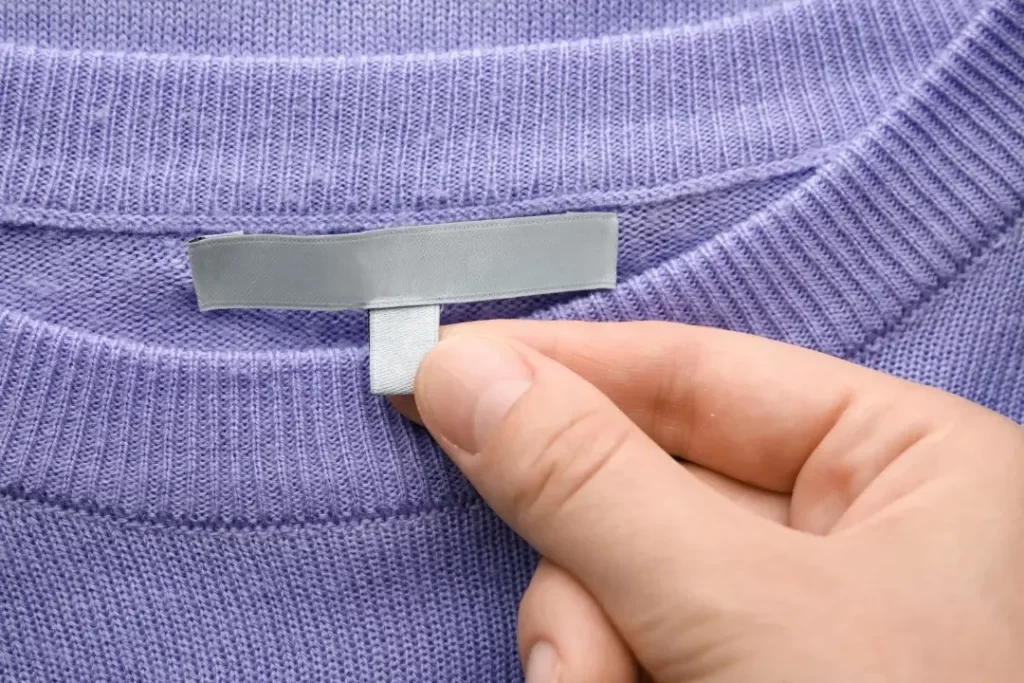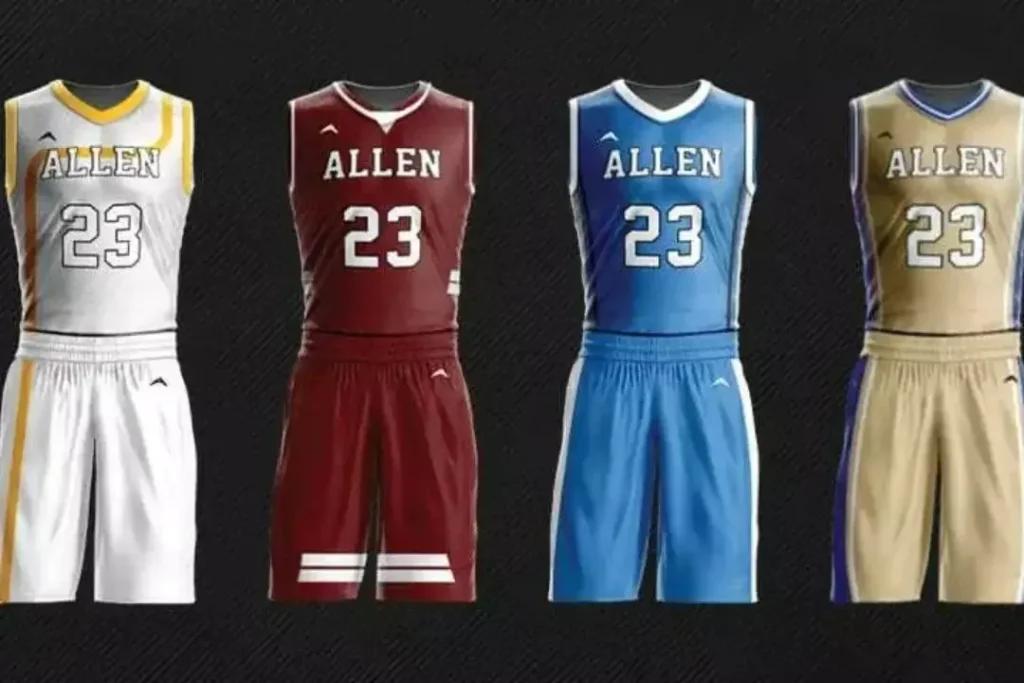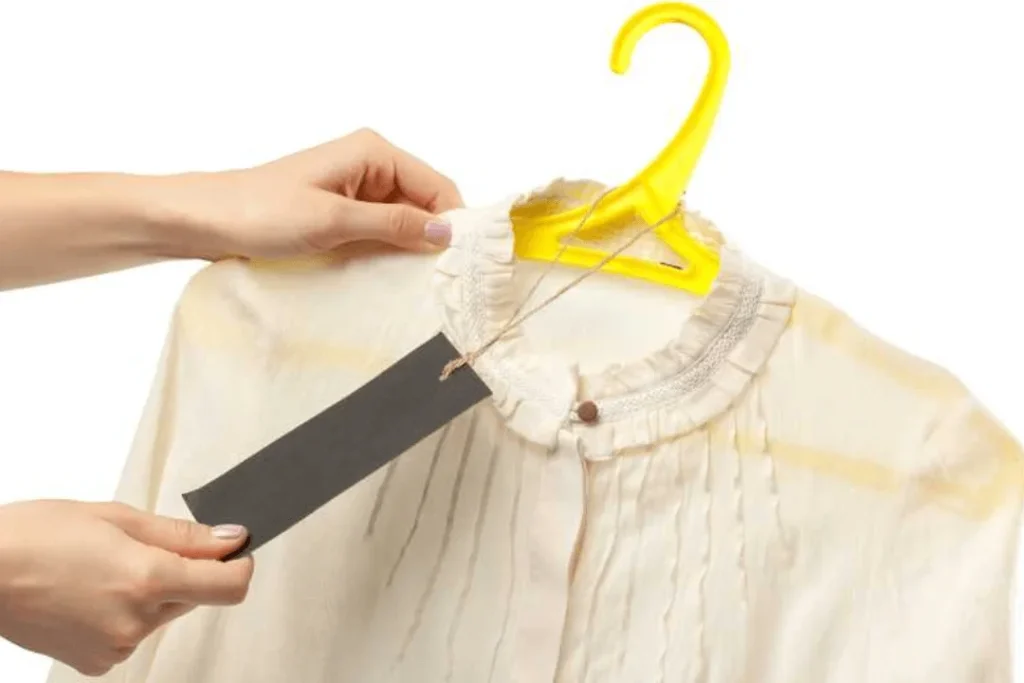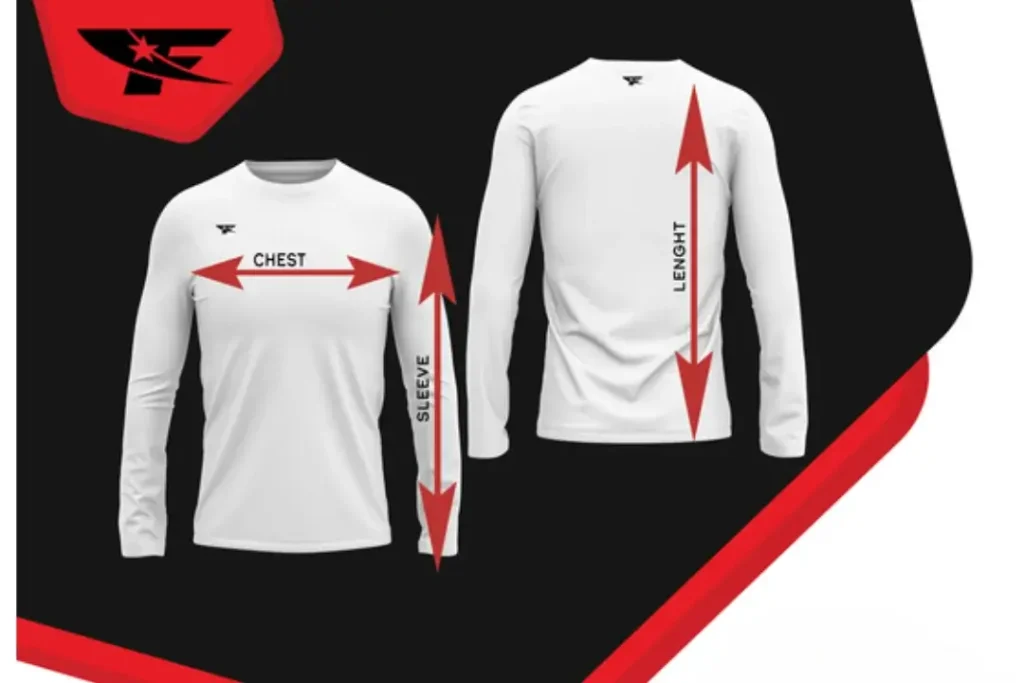How To Find A Private Label Clothing Manufacturer
How To Find A Private Label Clothing Manufacturer! Craft Your Brand Identity:The Definitive Guide Private label clothing manufacturing has continuously grown, and private labels become a valuable opportunity for brands and businesses ready to enter this competitive market. Why be ordinary when you can create clothes under your brand name, using the expertise of manufacturing […]
How To Find A Private Label Clothing Manufacturer Read More »










